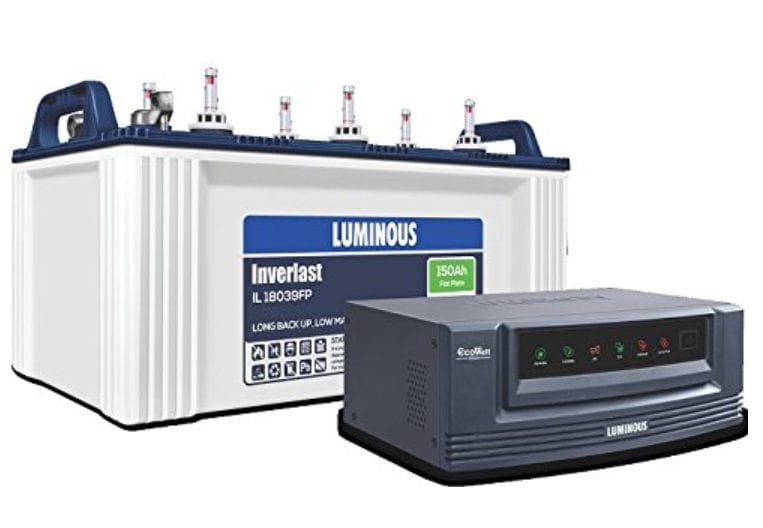Before you spend any more time, searching for your next inverter or spend your hard-earned money buying one, there are a few things you need to think about first.
Making sure you are getting equipment that fit your specific needs without busting your budget or getting the one that’s going to fail when you need it most, can be difficult to do.
There are hundreds of different inverters available — for all situations. What works for one person may not necessarily work for you, and you wouldn’t realize that until it’s too late.
Depending on your exact needs, whether you’re using it to convert your car’s battery power to usable power in your electronics, or you need to invert power in your RV or motorhome, the specific inverter you end up with will have features tailored to your exact needs.
The first, and probably the most important question, is figuring out the following.
What type of inverter do I actually need?
Inverters, at their core, are designed to convert AC power from your vehicle’s battery to DC power that’s usable in most home electronics. In emergencies, they can be a lifesaver helping you get back to business with minimal downtime.
They, by themselves, are designed to provide you with power alone. Inverters/chargers are usually used to provide you with an AC power backup to use during emergencies, such as thunderstorms or power outages.
What size inverter does my situation call for?
There are two main types of chargers: small, for automotive use, and larger ones for household and commercial use.
For smaller applications, such as converting power from your vehicle’s battery to electric power, an inverter by itself is capable of providing the power you need as long as your vehicle’s engine is running.
For larger applications, household use, and commercial use, larger battery banks will be required. This is where charger that has charging capabilities is required to help extend the life of your batteries and give you suitable power levels as long as you need them.

What voltages do I need to maintain?
The input voltage on your charger determines the maximum output voltage you’re going to see.
For car batteries, the max input voltage you can use is 12 volts DC. This will supply a maximum of 120 volts AC power when adequately inverted.
For larger 24 volt DC applications you can supply a maximum of 220 to 250 volts AC. These voltage levels are typically used throughout South America and Europe, while 120 volts are more common in the rest of the world.
Once you know the voltage levels you need to maintain, the next question is-
Do I need any additional features?
If you are planning on using the converted energy to power sensitive electronics, you may need a few extra features to ensure you’re not damaging the electronics you’re working with.
To give you an example, sine wave output models are able to give you fast transfer times without the constant spike and drop associated with some inverters. These spikes and drops can damage sensitive electronics.
You may also need an inverter that delivers a high initial power load. Motors and compressors that utilize a starter will require high amounts of energy upfront, but hardly any energy at all once they’re running. Browse through several stores and websites and read the inverter reviews here at trollingbatteryadvisor, before you decide upon purchasing any one of them.
Likewise, if you need circuit protection, some chargers come with built-in GFCI circuits. These are critical when you are using it in high-humidity environments or areas where water may come in contact with your electrical source.
A few quick tips-
- Unless you know it is specifically required for your application, avoid ones that provide over 3,000 watts of power.
- It’s recommended to purchase an inverter that is one size larger than what you actually need to avoid taxing the internal components in the machine.
- Make sure that the inverter you are buying has UL listed or CE marks. If it is certified, you can rest assured, knowing it will safely deliver power. Many knockoffs do not contain these certifications.
- When it comes to power inverters, a good deal usually isn’t a good deal at all. Many of these knockoffs contain low-quality components that can short out. This will create electrical fires and cause you to run the risk of being electrocuted.
As with most equipment, the age-old rule of “you get what you pay for” couldn’t be truer.
As long as you follow these guidelines and accurately answer each question we have laid out for you, you understand your budget, and what you require from the charger, you can find a high-quality piece of equipment that won’t let you down in your time of need.



